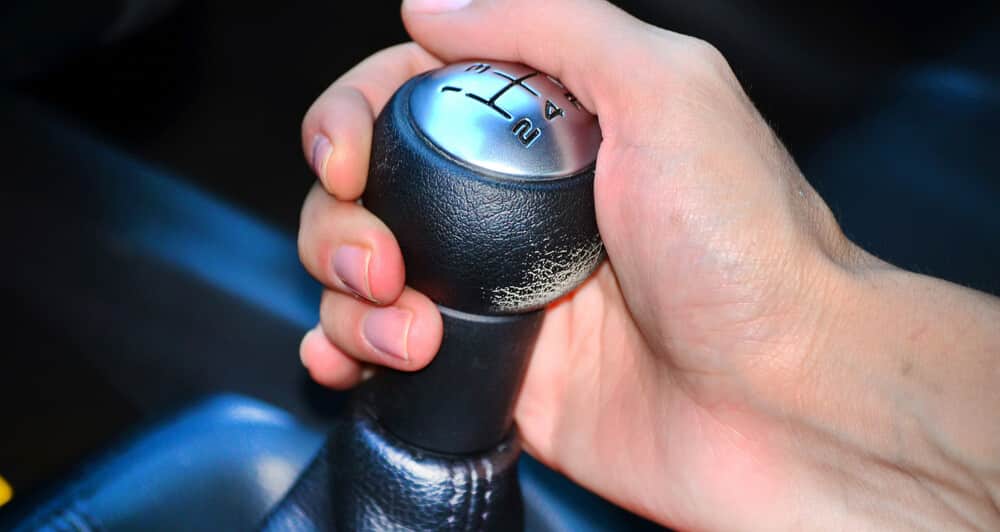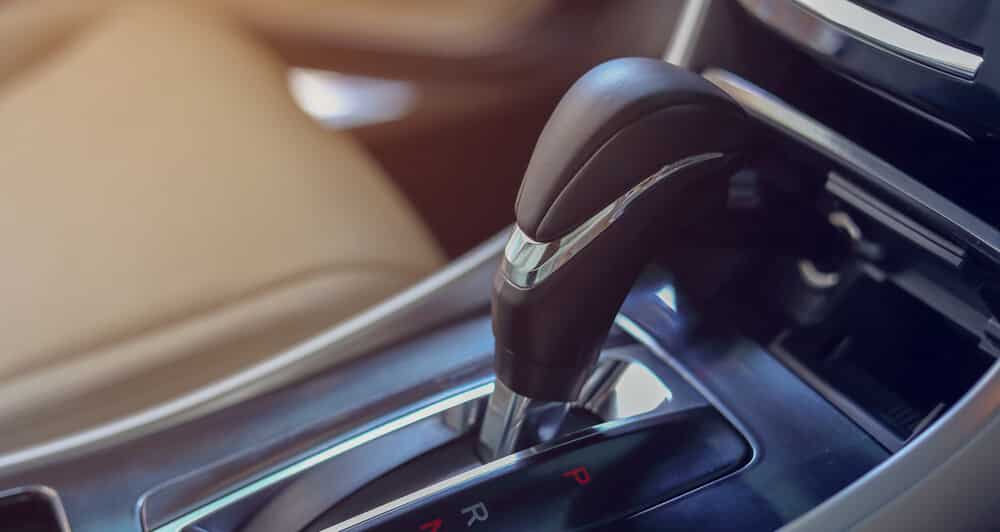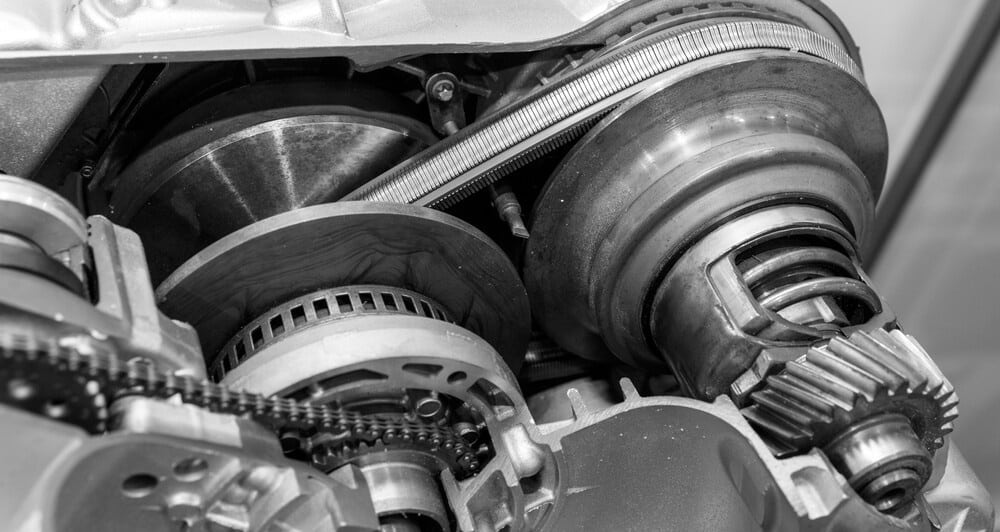Continuously Variable Transmission Vs Automatic Transmission Which is Best
As you shop for a vehicle, you are regularly confronted with whether you want a manual or automatic transmission. This vital component of the vehicle transmits power from the engine to the wheels so the car, truck or SUV can move. It's important to understand the differences between the manual vs. automatic transmission so you can figure out which is better for you.
We will look at the pros and cons of both options, as well as look at a unique transmission option that has grown in popularity recently.
Is a Manual or Automatic Transmission Better?
The manual gearbox is better and more efficient at transferring power from your engine to the wheels, but an automatic transmission is much easier and more comfortable to drive. Modern automatic transmissions are also very good and durable.
However, there's no way of determining which transmission type is best for everyone, but it's simple to figure out which is ideal in particular situations. For drivers that need to keep the price down on a vehicle, the manual transmission is a great option.
This is also the best choice if you are looking for performance or you race your vehicle. However, the manual transmission can be a pain while traveling city streets and isn't always ideal for beginners.
On the other hand, the automatic transmission is simple to use and allows regular drivers to enjoy the ride more. With that said, it is going to cost more to get a vehicle with an automatic transmission included, and it will be a higher expense to have it worked on. There's also the option to choose the CVT with your newer vehicle if you prefer a cost-effective option that mimics the automatic transmission.
What is a Manual Transmission?

A vehicle that includes a standard or manual transmission will otherwise be referred to as having a stick shift. The stick shift allows the driver to change gears manually while accelerating or decelerating the vehicle. The shift lever is found in the center console and connects to the transmission with the help of linkage.
Another difference with the manual transmission is the use of the clutch pedal, which is found to the left of the brake pedal. When the driver pushes the clutch pedal down, the clutch mechanism is disengaged between the transmission and the engine. This action stops all power from reaching the engine so the driver can shift between gears.
While pressing on the clutch pedal, the shifter is moved into the chosen gear. Once the gear shift is in place, the pedal is released to engage power to the transmission once again. It does take practice to learn how to drive this way. If you engage the pedal too quickly, the engine could stall, while engaging it too slowly causes wear on the components.
In the United States, cars with a manual transmission are becoming less common. However, there are still some advantages to the standard transmission worth mentioning.
Manual Transmission Pros
- Car is less expensive to purchase
- Allows drivers to have more control over the ride
- Offers better fuel efficiency
- Ideal for providing better acceleration – making it a top choice among performance and race car drivers
- Easier and less expensive to repair
Manual Transmission Cons
- Takes skill to learn
- Must have coordination to operate the clutch, shifting and gas
- Cars have lower resale value
- Harder to use in urban areas
- Harder to find in today's cars
What is an Automatic Transmission?

When driving a stick shift, the driver is actively controlling the operation. On the other end of the spectrum, driving with an automatic transmission means enjoying the ride and forgetting about the mechanical side of things. The driver simply puts the gear shift to D and the car does what it needs to.
The vehicle uses fluid pressure to complete all of the gear changes with no input. At the heart of every automatic transmission is a planetary gear set, which is responsible for creating various gear ratios for a smooth ride.
The automatic transmission fluid provides the pressure needed to activate the clutches and bands. Not only does this fluid cool the moving components of the transmission, but it also keeps everything lubricated for less wear.
Attached to this drivetrain is the torque converter. This vital part works like the clutch does on the manual transmission. Fluid is utilized to unlock and lock the planetary gears so shifting can occur automatically without any driver input.
In the United States, most cars sold today come equipped with an automatic transmission.
Automatic Transmission Pros
- Driver doesn't have to shift the transmission
- Readily available on most cars
- Higher resale value
- Simple to use – no extra knowledge is required
- Ideal for urban environments with stop and go traffic
- Best option for beginners
Automatic Transmission Cons
- Vehicles cost more than ones with a manual transmission
- Repairs are more expensive
- Tend to be less fuel-efficient, although newer technology is changing that
What is a Continuously Variable Transmission (CVT)?

This manual vs. automatic transmission comparison wouldn't be complete without also looking at the CVT. This newer option is becoming more popular as an alternative to the standard automatic transmission.
It does not contain individual gears but only uses one that is variable for any driving condition. With a special belt-and-pulley system, engine power is transferred to the wheels, which provides an infinite ratio gradient.
CVT Pros
- Fuel-efficient
- Shifts smoother than automatic transmission
- Easy to operate
- Most efficient engine speeds are produced
CVT Cons
- Might take time to get used to
- Sometimes create a low drone noise
- Tend to fail sooner than many automatic transmissions
RELATED: Continuously Variable Transmissions (CVT): What is it?
Was this article helpful?
Yes No
Source: https://mechanicbase.com/transmission/manual-vs-automatic-transmission/
0 Response to "Continuously Variable Transmission Vs Automatic Transmission Which is Best"
Post a Comment